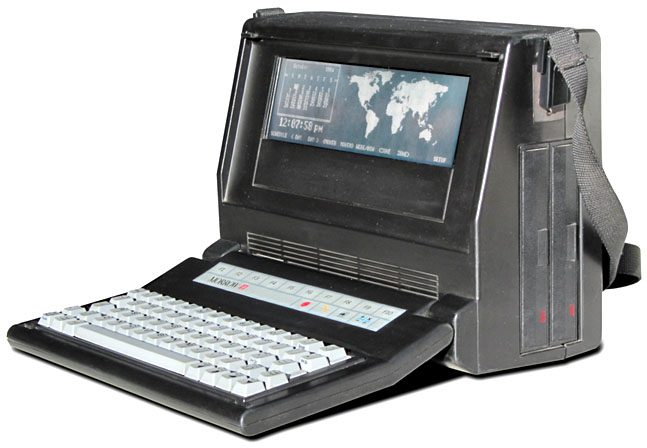
|

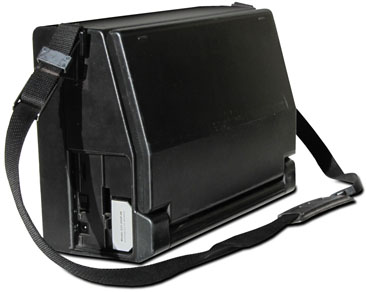 The lunchbox-style portable computer was designed and manufactured by Vadem, a 1983 silicon-startup founded in part by Chikok Shing,
who previously held positions at both Morrow and Osborne (director of strategic planning department-1983).
The same computer system design was also licensed to Osborne as the Osborne Encore for the European market, but Osborne
later renegotiated the contract for domestic (US) sales as well, as the Osborne 3.
The lunchbox-style portable computer was designed and manufactured by Vadem, a 1983 silicon-startup founded in part by Chikok Shing,
who previously held positions at both Morrow and Osborne (director of strategic planning department-1983).
The same computer system design was also licensed to Osborne as the Osborne Encore for the European market, but Osborne
later renegotiated the contract for domestic (US) sales as well, as the Osborne 3.
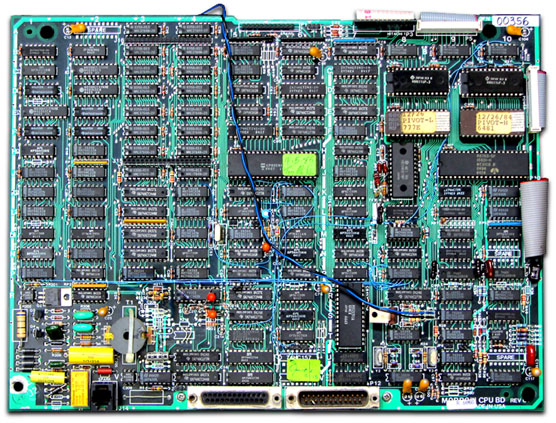
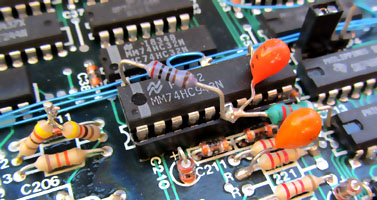
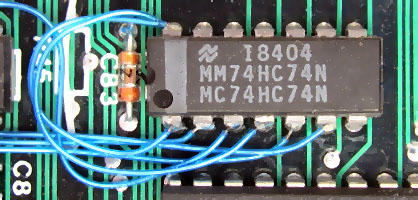
Seen above are just two examples of the numerous manufacturer-installed repairs to correct design mistakes. |
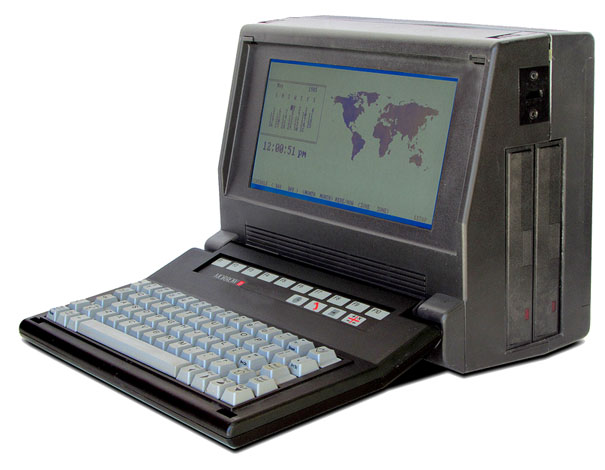
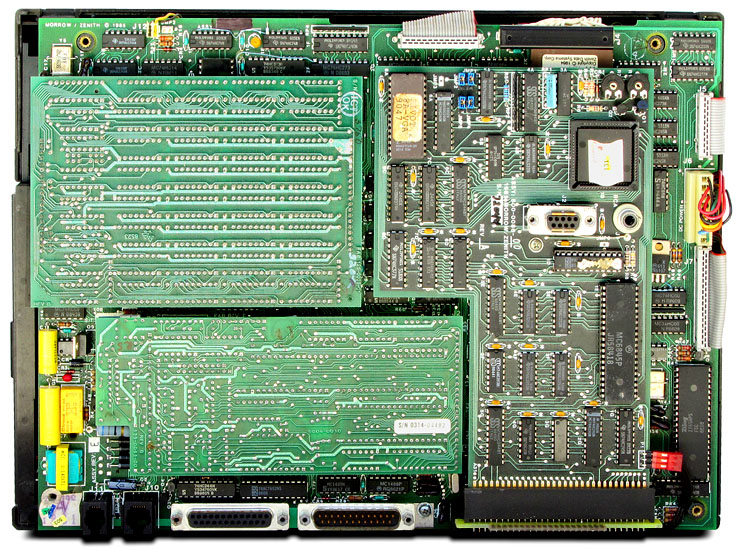
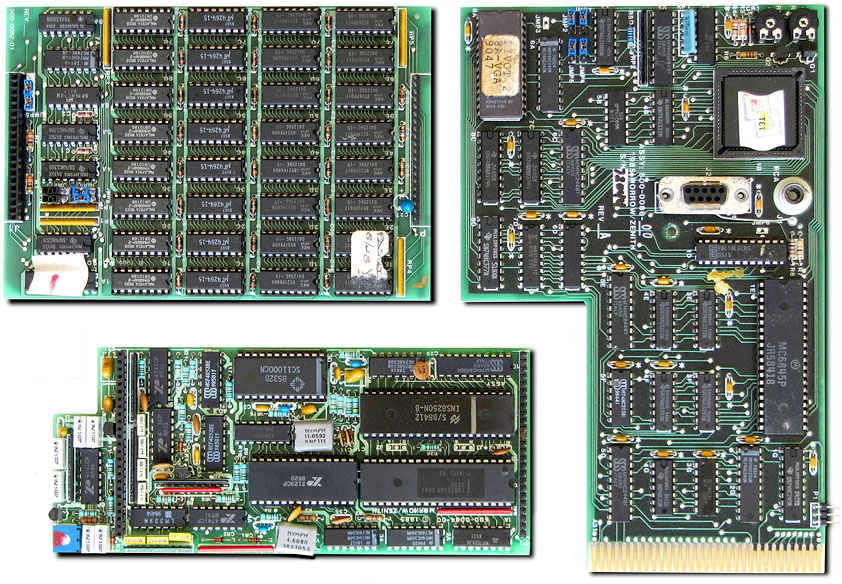
|